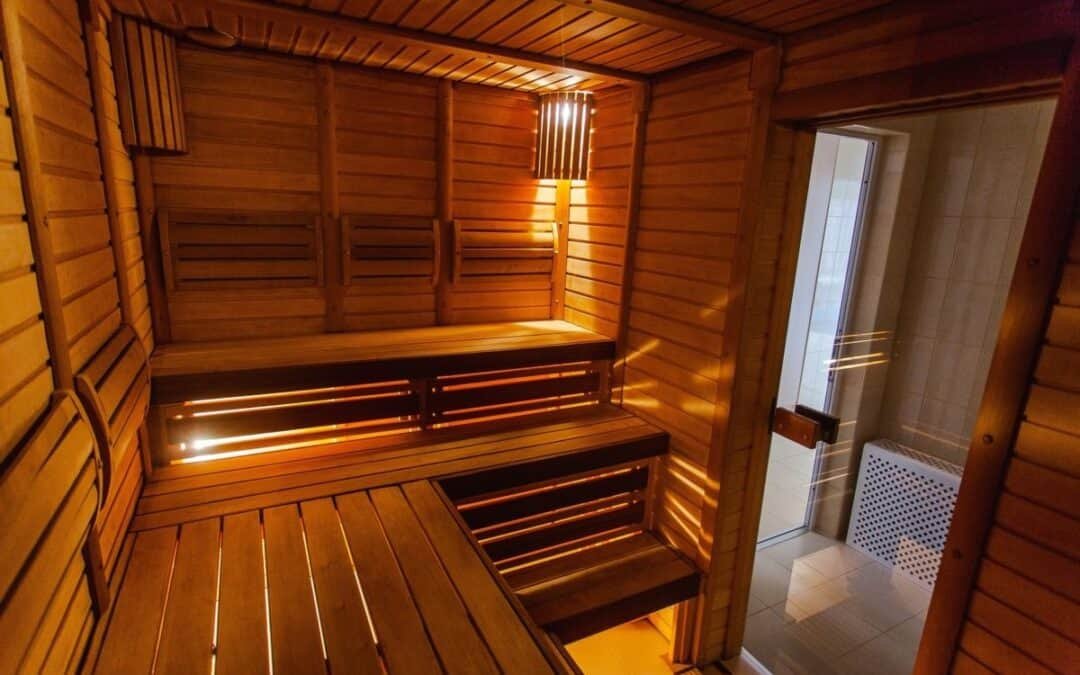A fad increasingly gaining popularity is creating a sauna in your basement. A characteristic that was formerly reserved mainly for the upper class is now a standard household requirement for families from all socioeconomic backgrounds.
A basement sauna isn’t just a location to relax and unwind after a tiring day at work. Still, health experts believe that there are numerous health benefits too. They can improve circulation, cleanse the body relieve muscle tension, reduce discomfort, and aid in the treatment of various medical conditions like arthritis, cardiovascular disease Fibromyalgia, fibromyalgia, as well as Lyme Disease.
The basement is a great space to install a sauna because the additional space provides plenty of room to add things to your house that doesn’t fit the overall floor plan.
As attractive and practical as saunas in basements can be, they can cause severe problems for your house if they need to get built correctly. Saunas create a lot of humidity and heat that could rapidly damage interior walls and create mold. So, when installing saunas within your basement, it is essential to use waterproof materials to seal the structure and install a suitable ventilation system.
The cost of installing an indoor sauna for your basement is different. Although it’s more affordable to construct one yourself, if you do not know to build an in-floor sauna hiring a professional can help you save a significant amount of cash and hassle later.
If you’re planning to construct a sauna in your basement by yourself, then you must:
Choose the Best Place
Before you build the sauna in your basement, select the best location for your sauna. Picking a corner in your basement can be beneficial since one of the walls you will need to build your sauna is already in place. Outside walls also offer an outlet for warmth and humidity to escape to your house’s exterior.
Measure the Area
The dimensions of your indoor sauna will decide the number of materials you’ll require to construct it. Before purchasing your building materials, take measurements of the area first. That will aid you in selecting the best layout and design for your home sauna.
The Type of Sauna Heat
The heat of a basement sauna can be dry or wet. Water is poured over hot rocks in a wet sauna to create steam. Dry saunas do not get steam-steamed. The source of heat in the dry sauna can be:
- Electrical
- Gas
- Wood-burning
- Infrared
Every heat conductor must have the required security measures to secure you and your house. Before utilizing your sauna, it gets advised that you speak with a professional to make sure that the heater and all safety precautions are installed properly after deciding on the type of heat you want the basement sauna to produce.
Insulate the Frame and Insulate It
Your sauna needs to be protected and sealed. Ensure all joints, nails, and corners get correctly filled using a mold, mildew-resistant sealants, and other materials so that the water doesn’t get into the tiny spaces. It should also get ventilated. When you install a sauna in your basement, choose waterproof, mildew-resistant materials to shield your home and yourself from heat and moisture leaking across the walls.
For insulation in your sauna basement, apply R-11 on the interior walls and R-25 on the exterior walls.
It is a popular wood for sauna installations due to its toughness and resistance to water bourne issues, price, and aesthetic benefits. The red cedar variety is generally the most economical. Still, keep in mind that wood cost is contingent on consumer demand.
Waterproof Floors
The walls aren’t the only component of your sauna’s installation that must get waterproofed. The heat and moisture could also get through the flooring. Cedar, duckboard, plywood flooring, and other materials designed specifically for bathrooms should get utilized.
Door Installation
When adding the door, ensure that it swings out, not towards the sauna in your basement. You could easily be trapped in your sauna in an emergency if the door swings inward. Doors that swing outward allow you to quickly escape from the sauna if you require an escape plan.
Plumbing and Electrical Lines
Before installing an underground sauna, it is necessary to require electrical and plumbing lines across. While it can increase the cost of setting up an underground sauna, it’s better to work with an expert to set up the lines correctly.
Once you’ve put in an underground sauna, you can add to the space. From simple to luxurious, saunas are available in various dimensions and styles to create your oasis within the comforts of your home. Ottawa Home Pros specializes in home renovations & improvement, and restoration projects, contact us at (613) 288-9145 or mail us at info@ottawahomepros.com.


